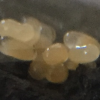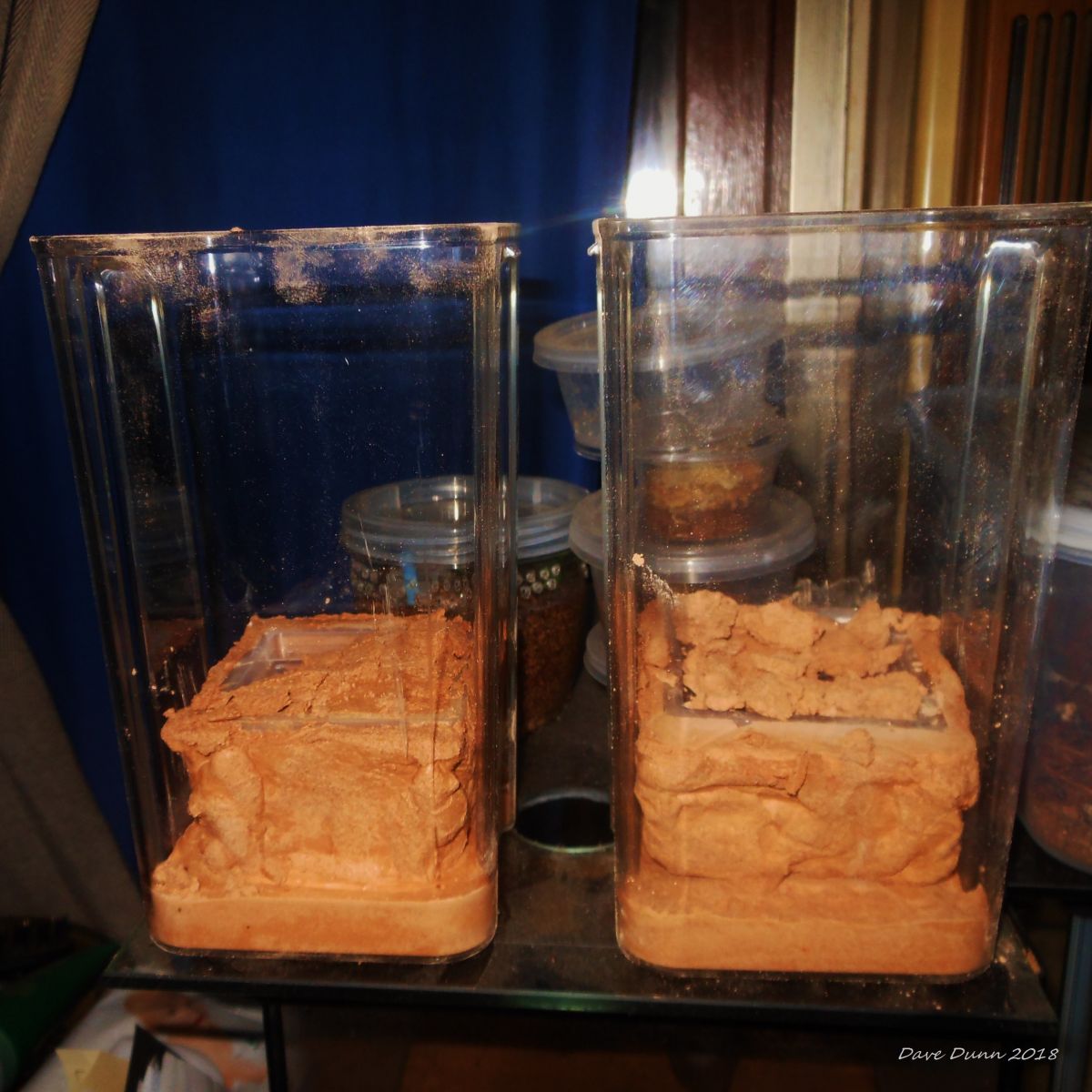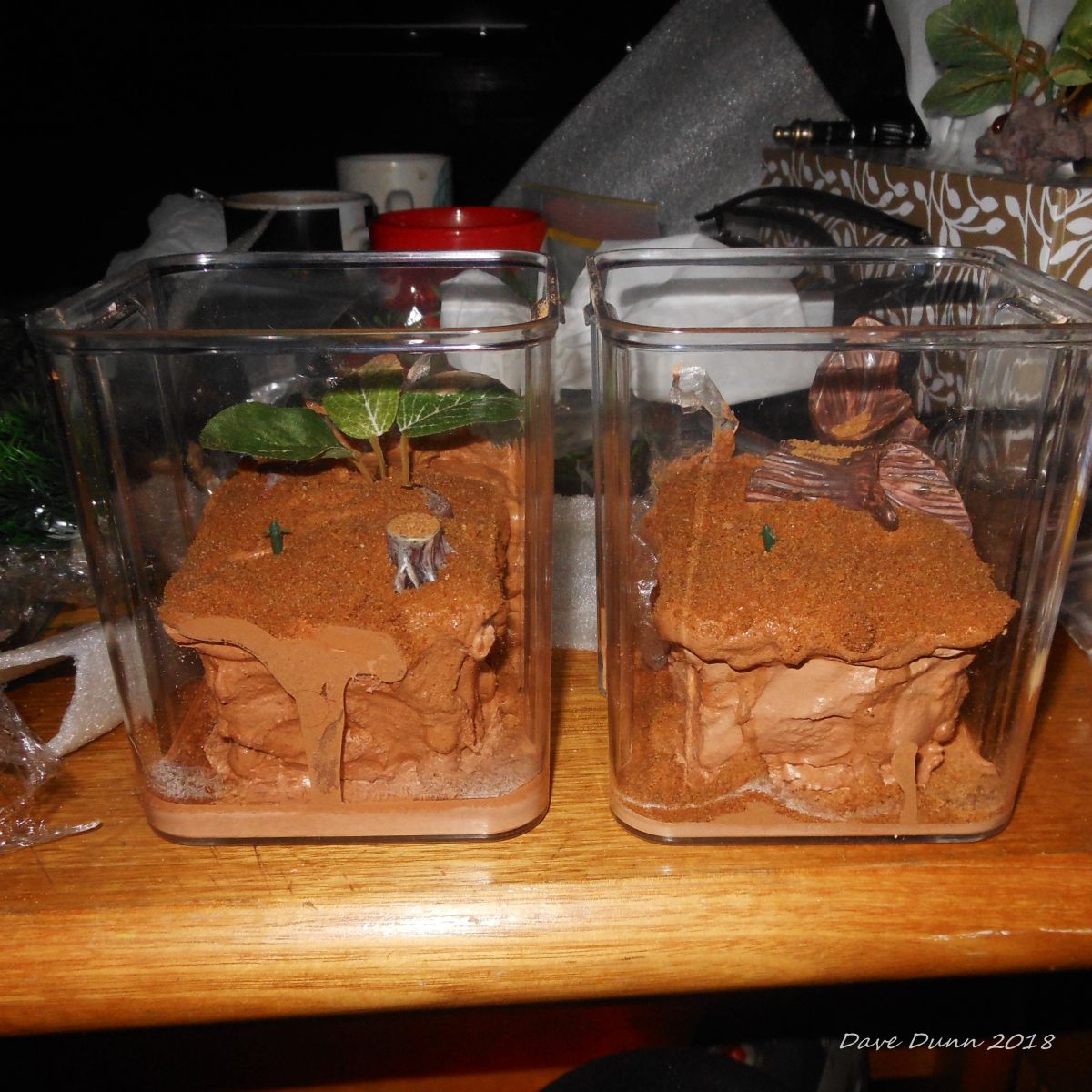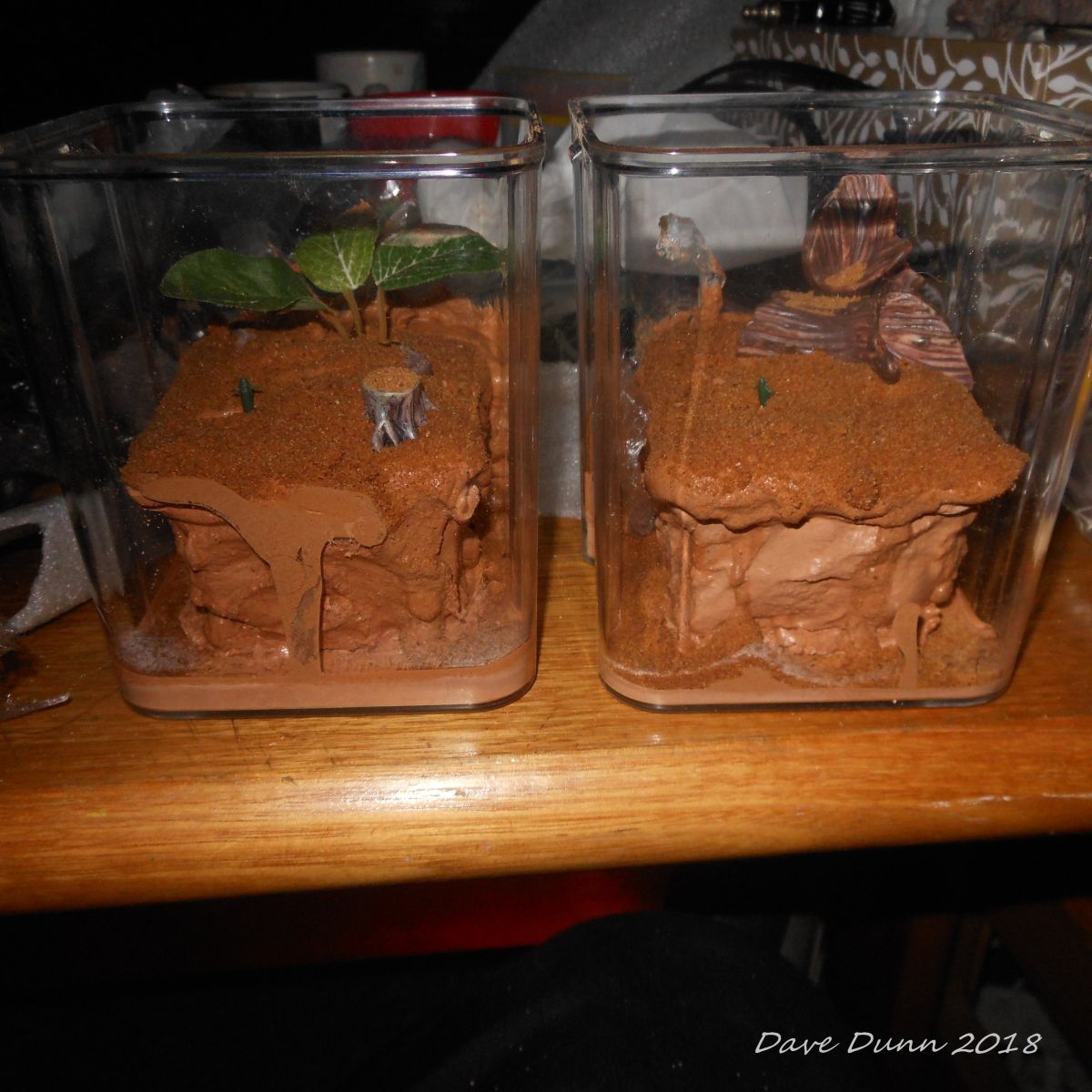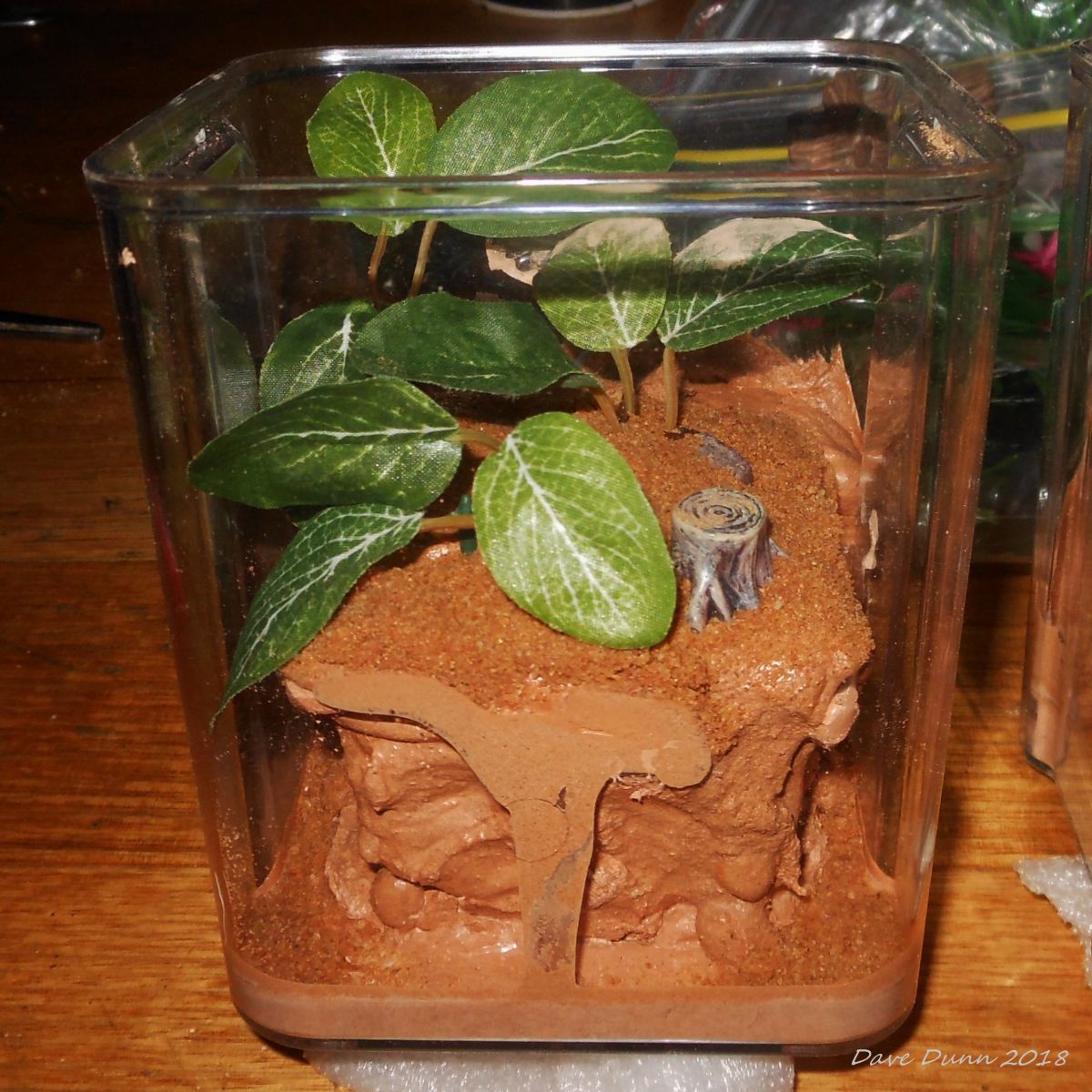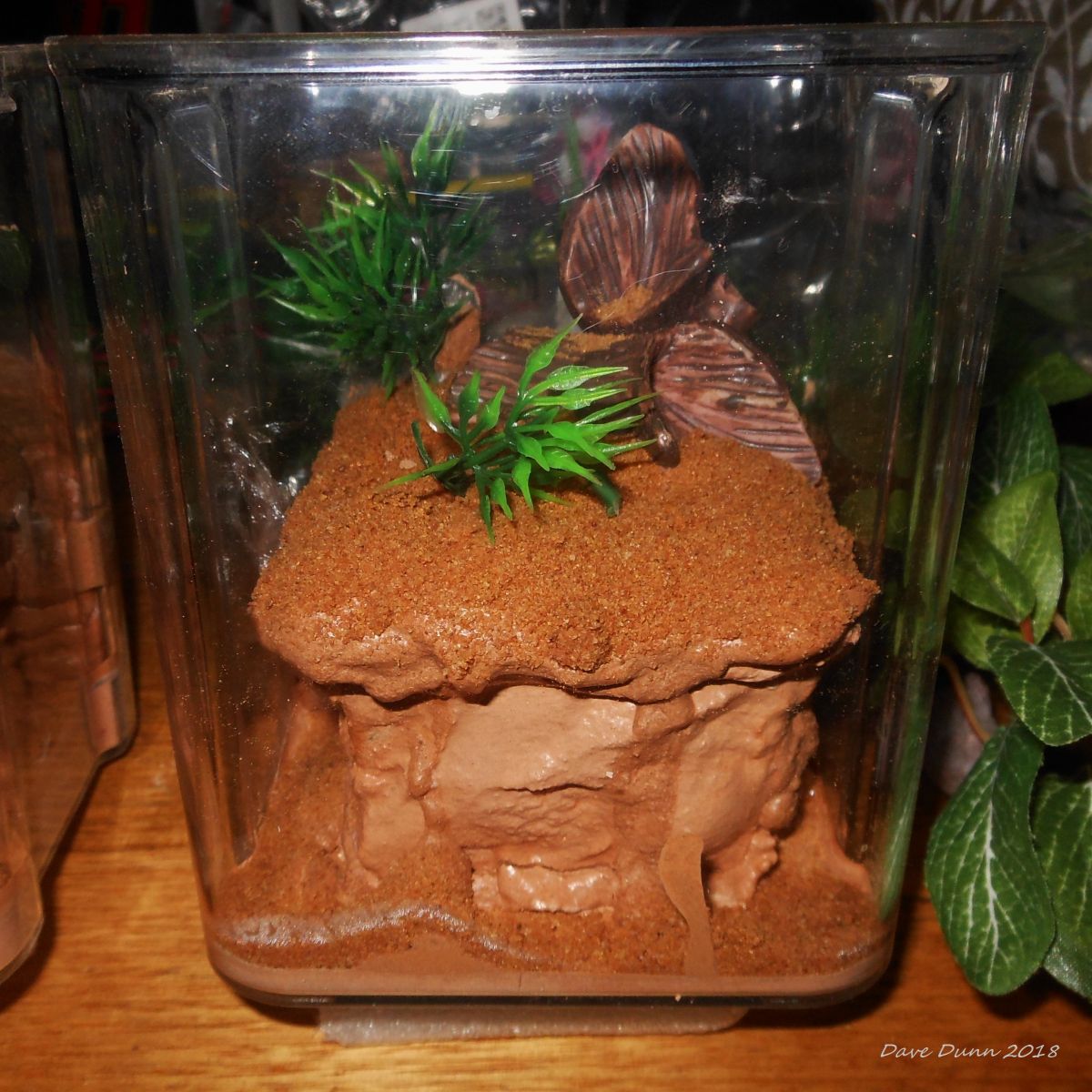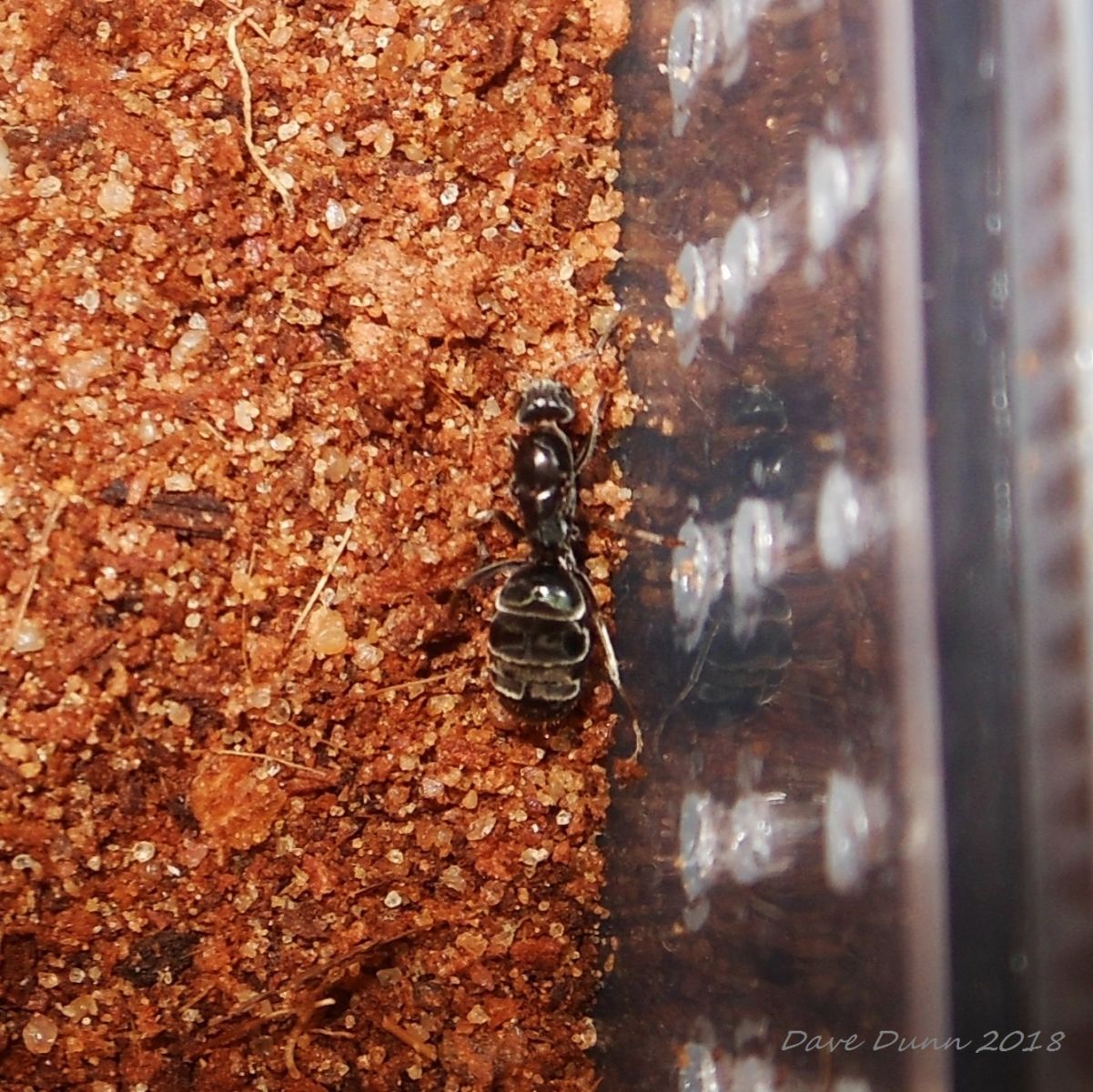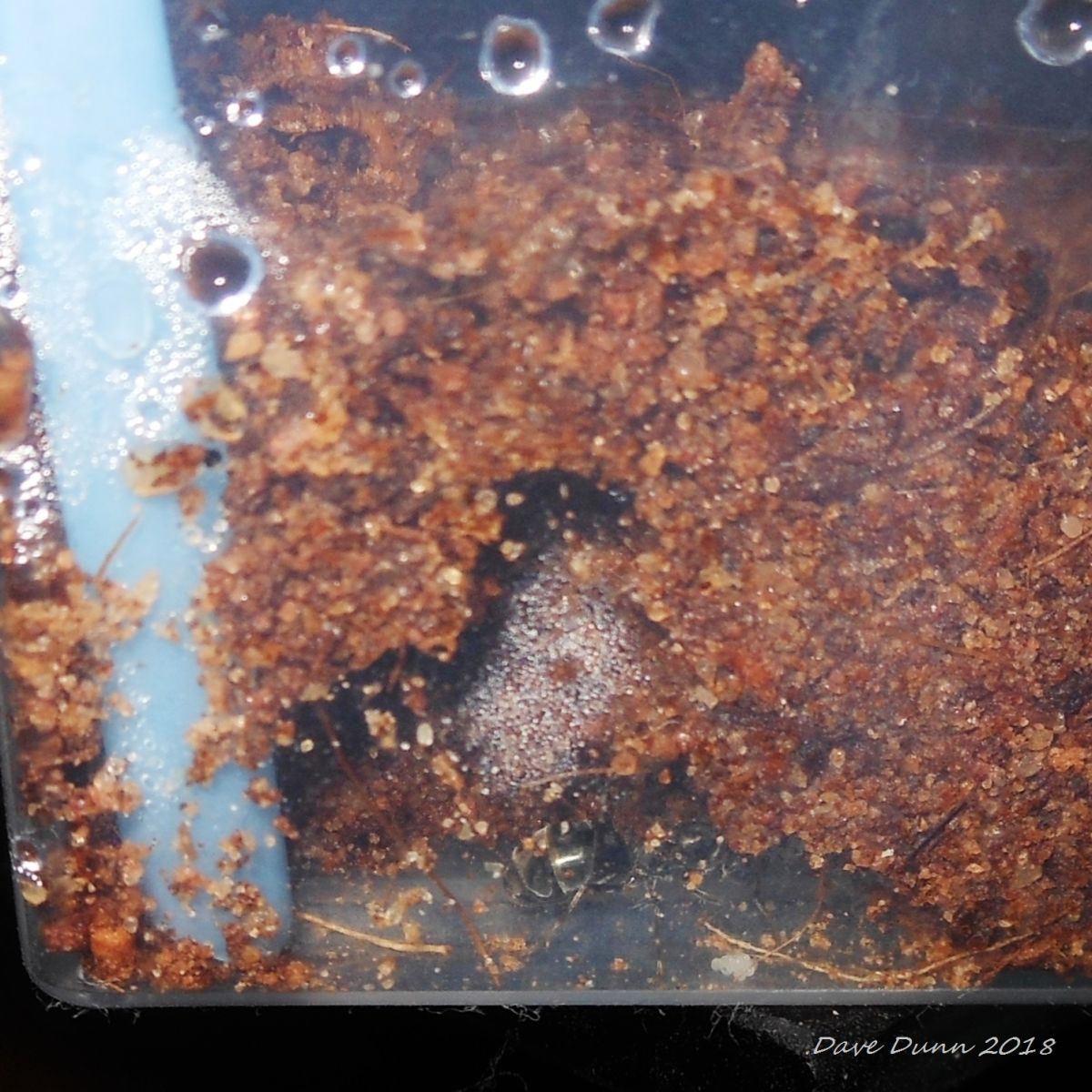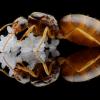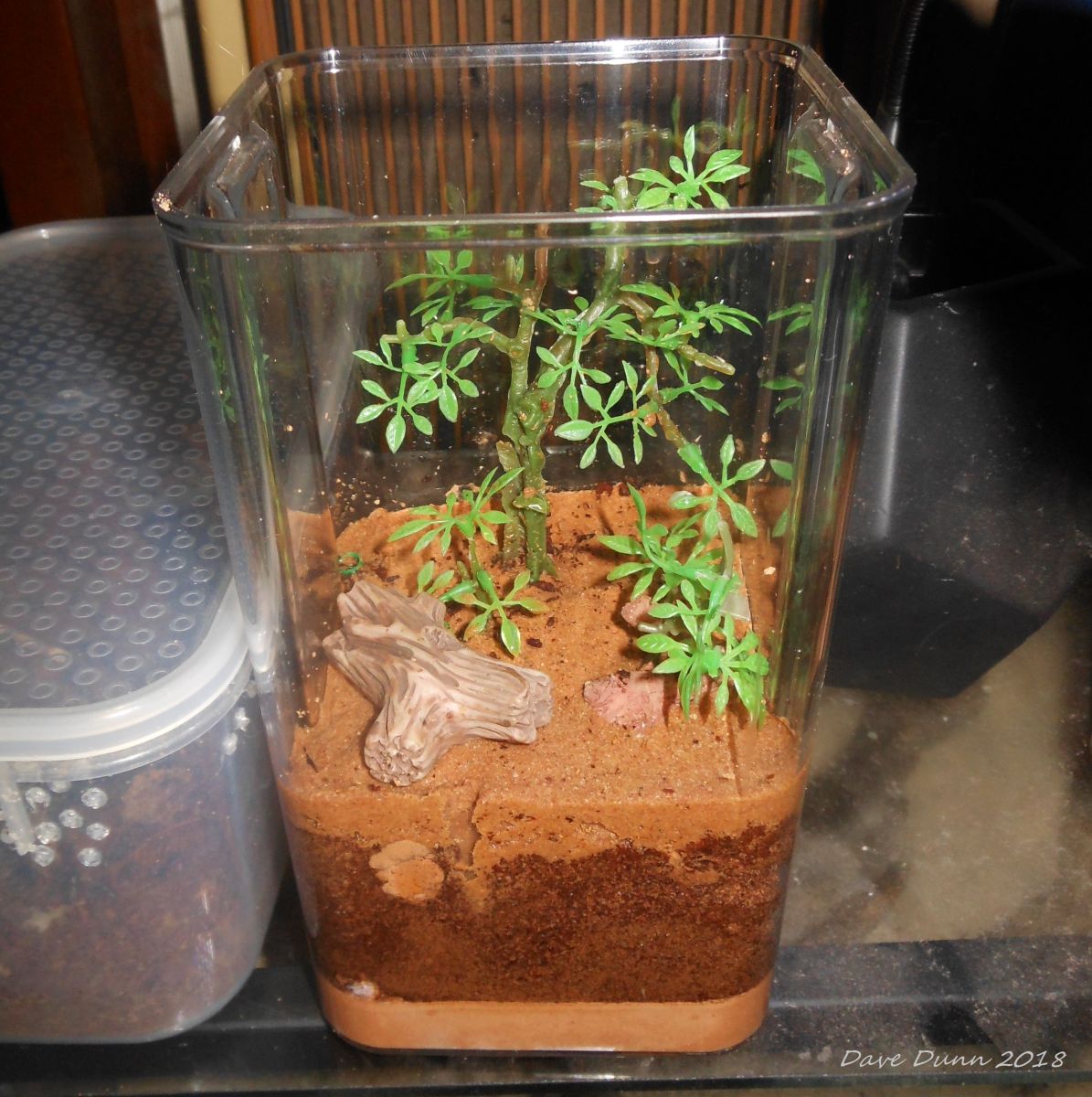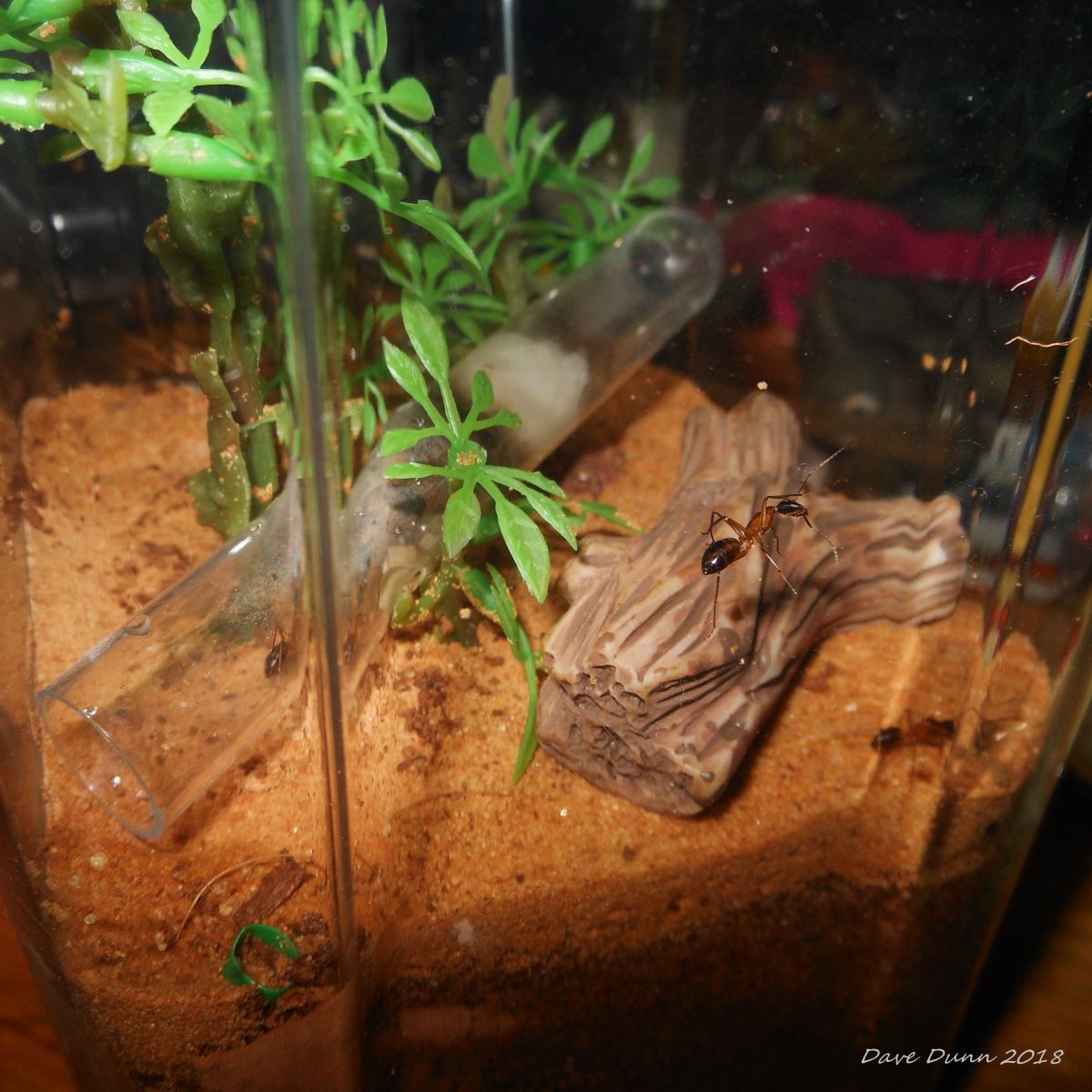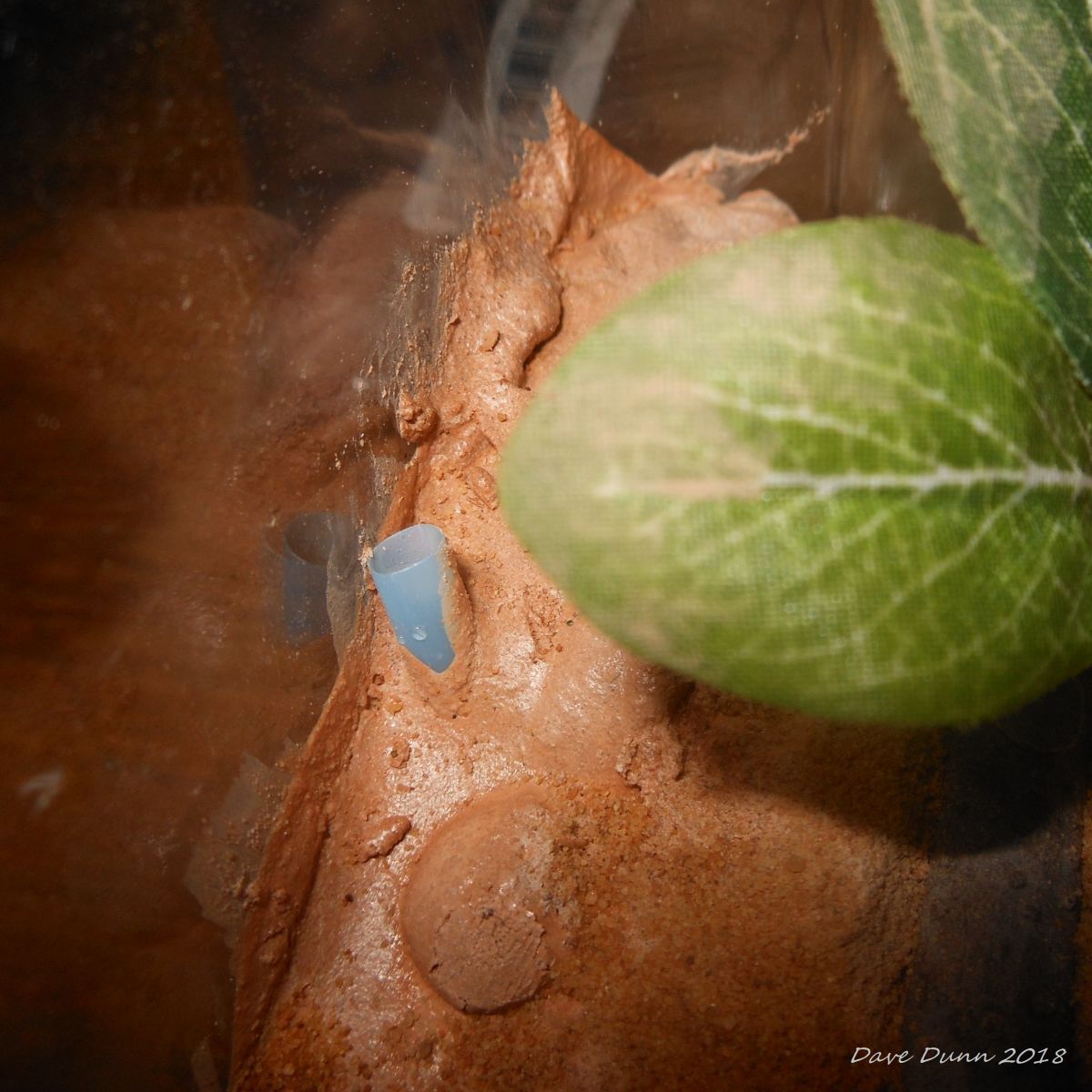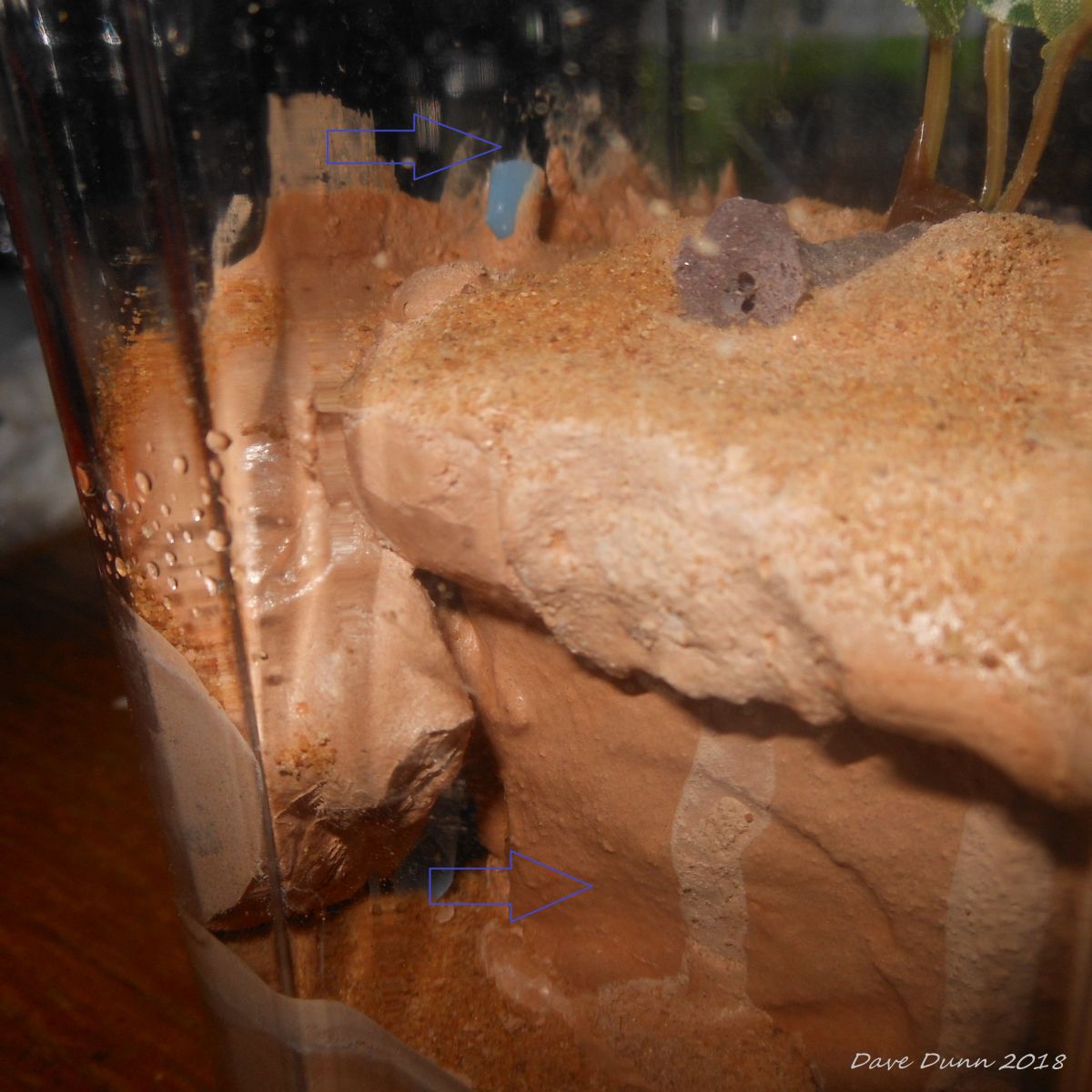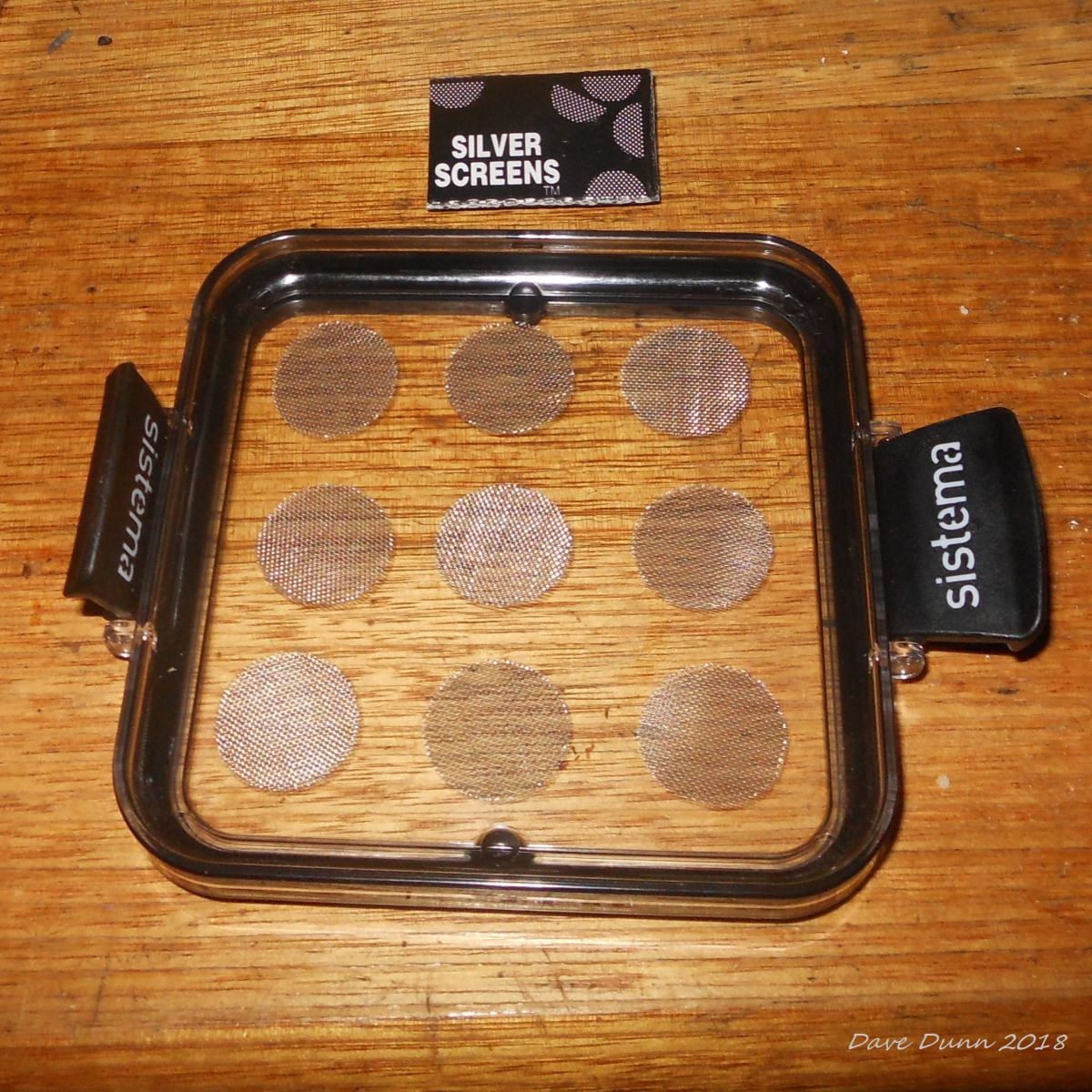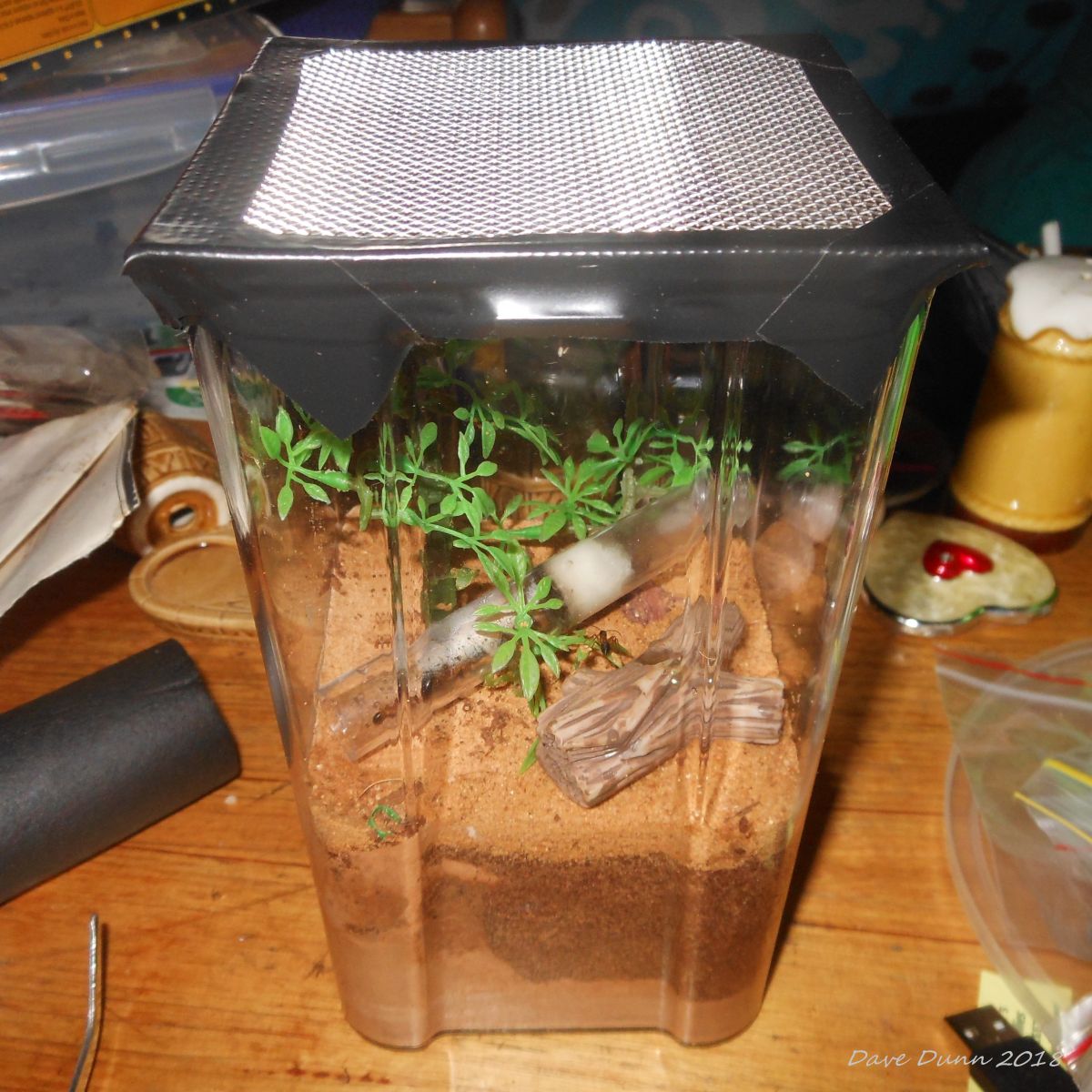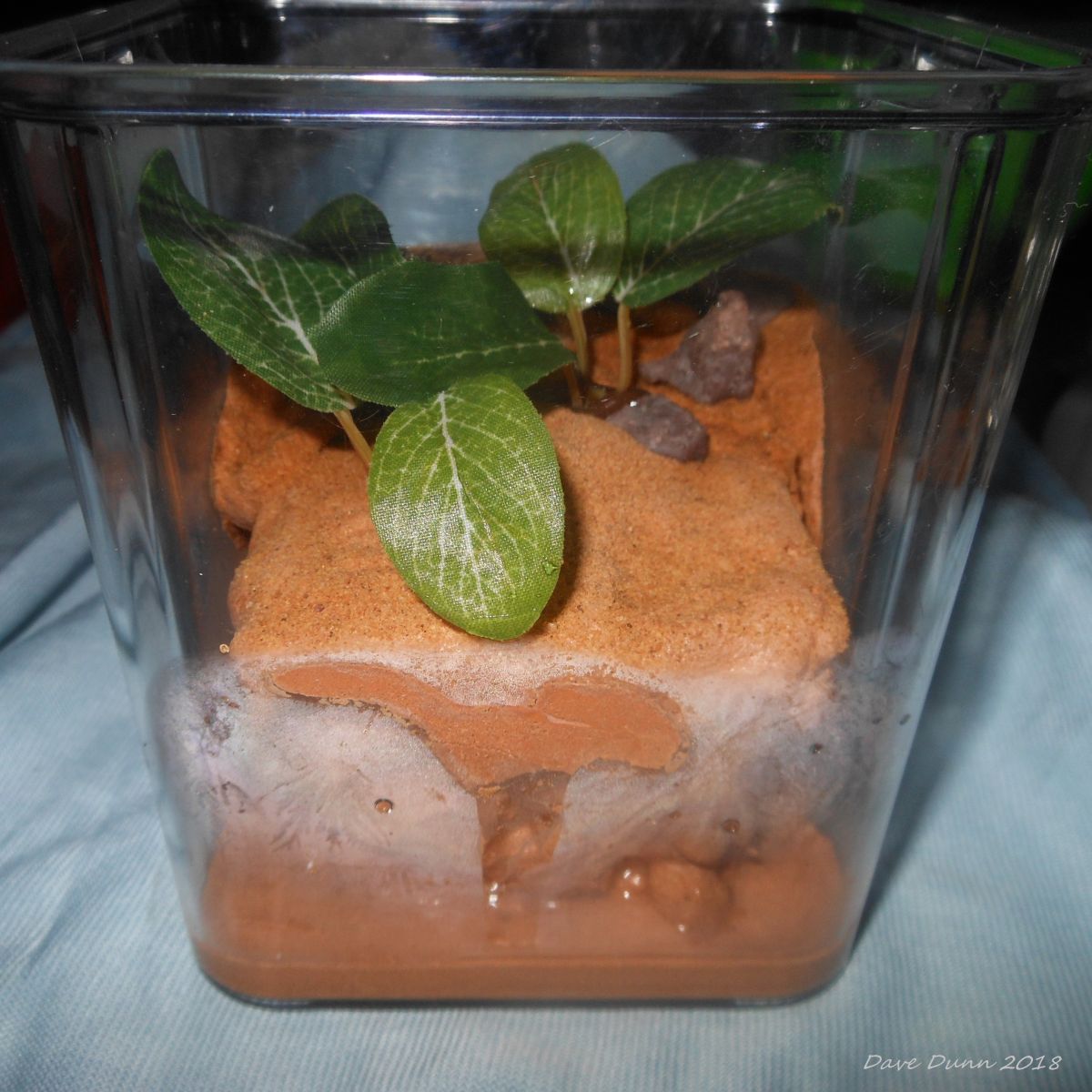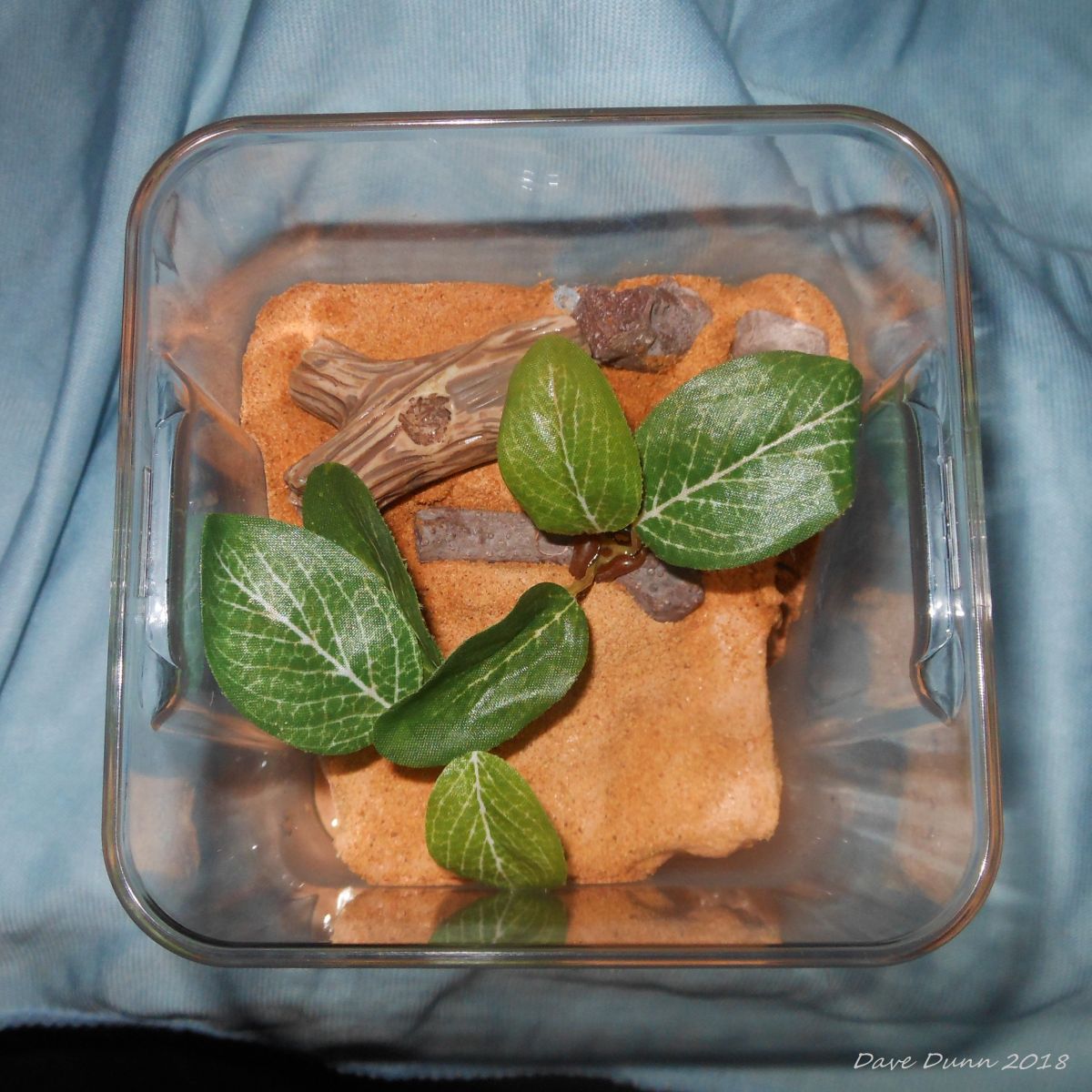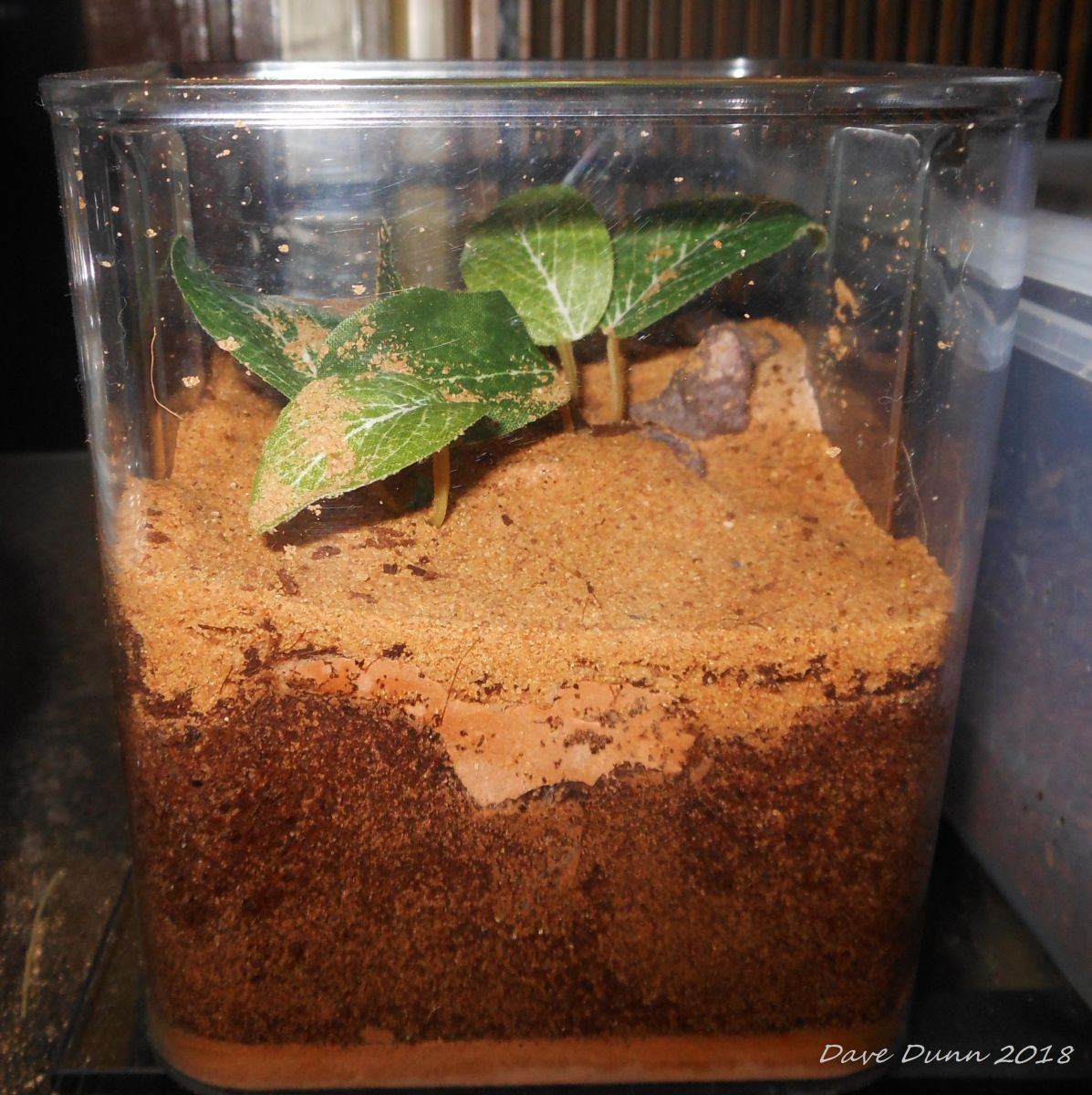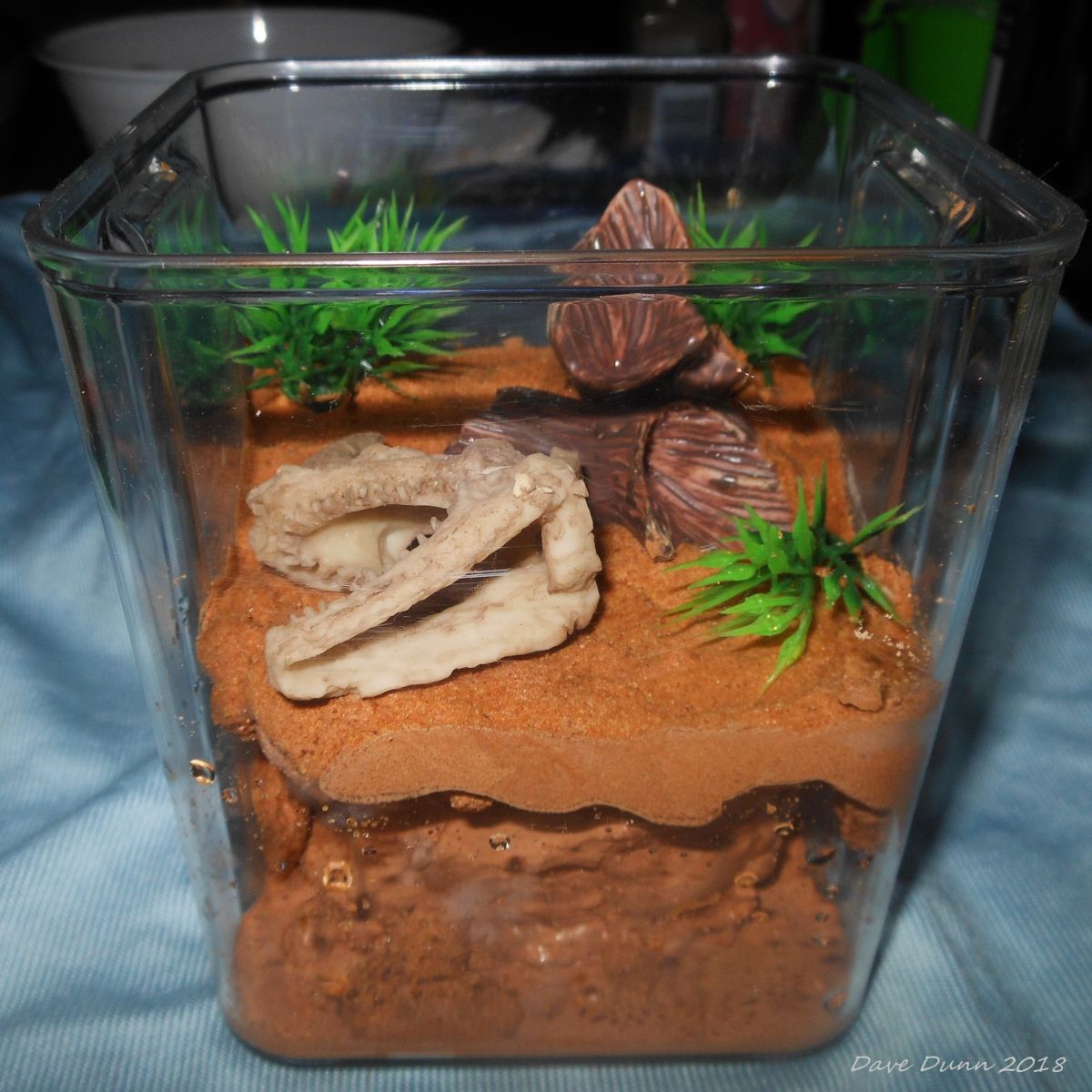Hi, I unexpectedly became an ant keeper, I found a queen and brought it home thinking a friend interstate might like it, with tarantulas and scorpions people like to have specimens from different localities where it's legal to do so.
I put it in a 'blank' enclosure I had sitting around, I often make up extra enclosures while setting them up for new scorpions or tarantulas, just adding substrate and compressing it without adding decor.
The queen now has eggs or larvae so I need a better home, the little enclosure has ventilation holes that could be an escape route and the substrate dries very quickly sometimes.
I do have test tubes and I have seen and read how to set them up but I don't want to disturb her too much.
While some of the formicariums made from grout, firebrick, hebel etc look amazing, I am drawn to the more naturalistic formicariums where the formicarium and outworld are one.
My initial thought was to make panels but instead of chambers have one large cavity filled with sand, and by placing these panels in an enclosure ending up with something similar looking to the Casita by Tarheel Ants but that seemed more like a future project to me, I wanted something I would actually finish and not have too much chance of failure.
I think just sitting the small enclosure inside a larger more permanent one will be the best bet. It won't disturb her at all, the moisture won't evaporate so quickly and when it's time I'll let the smaller tub dry out so the queen and workers will move into the larger enclosure properly.
I found some ultra-clear containers half price at the supermarket which left me with this.
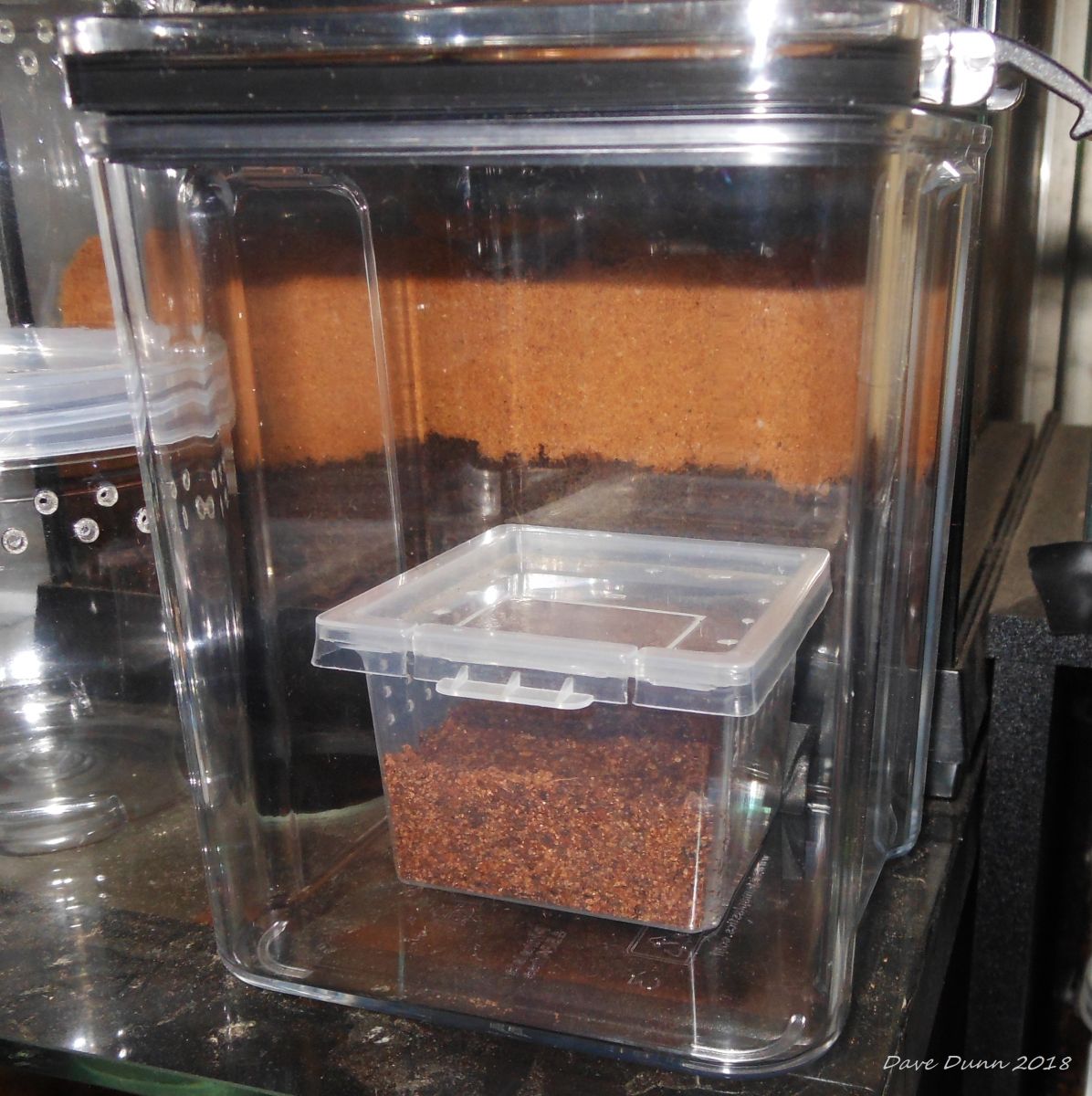
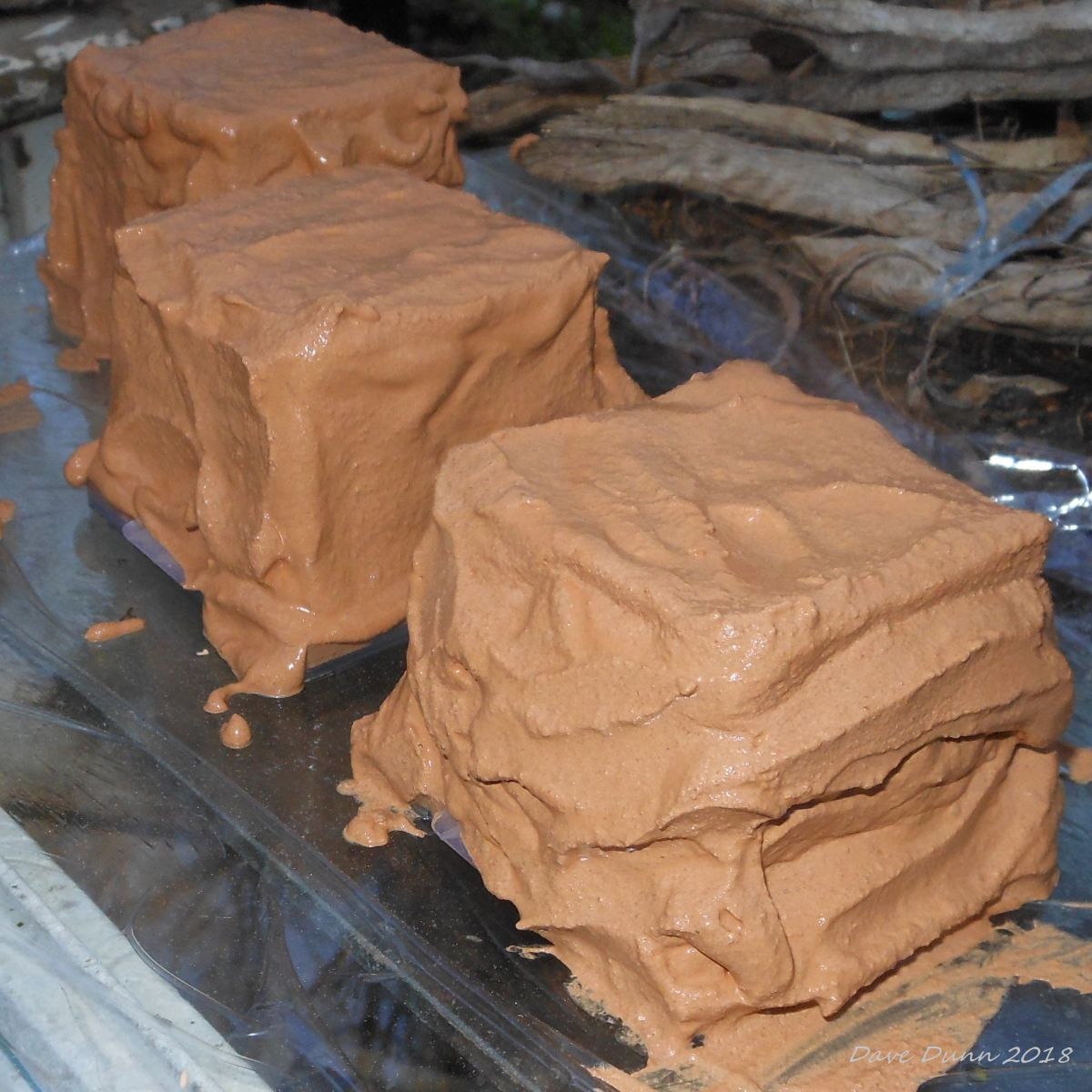
I had also read dspdrews' various formicarium development threads by now (I had searched formicarium and read all the threads on diy) and I liked the look of a layer of hydrostone on the base of the enclosure, it brings the look of my original vision to it.
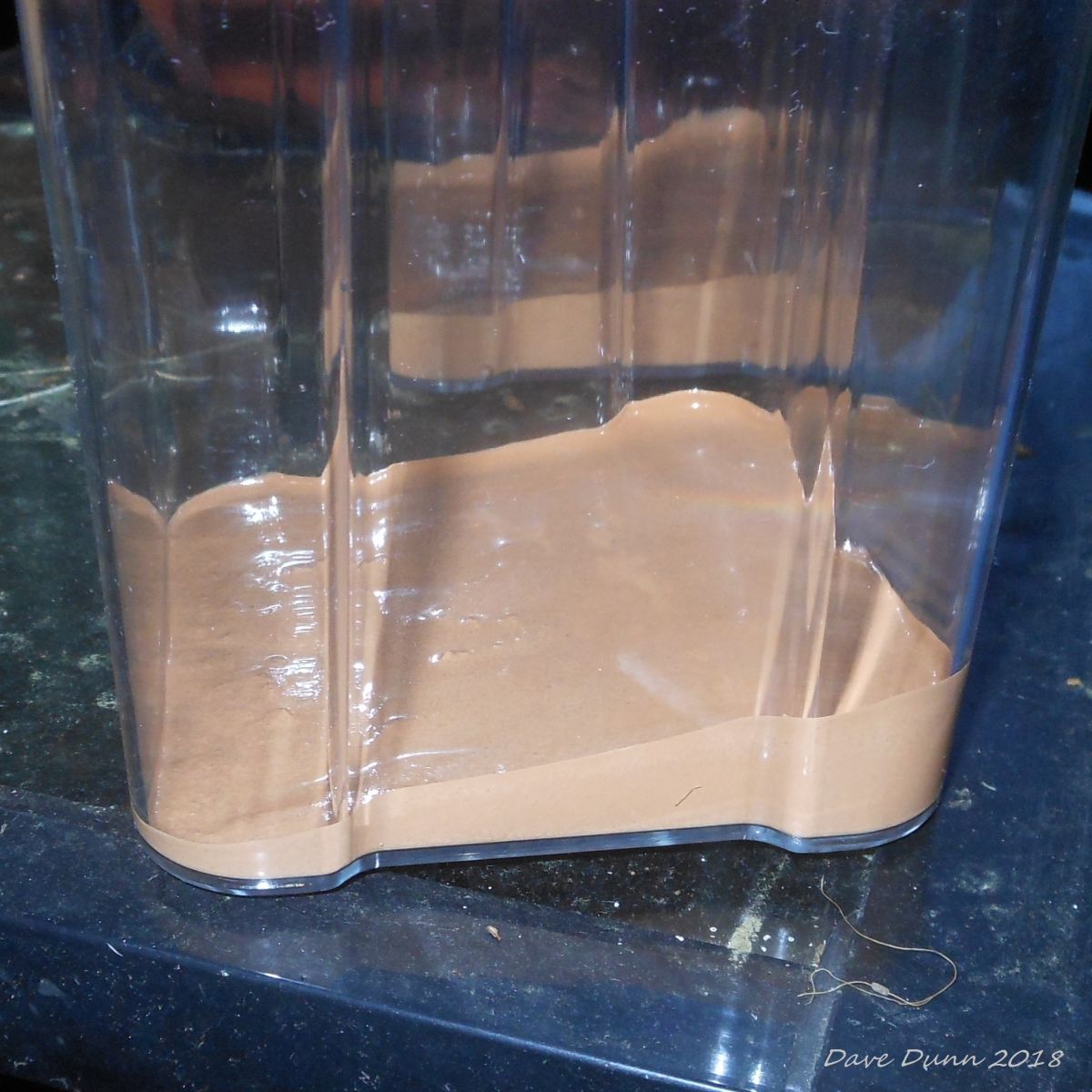
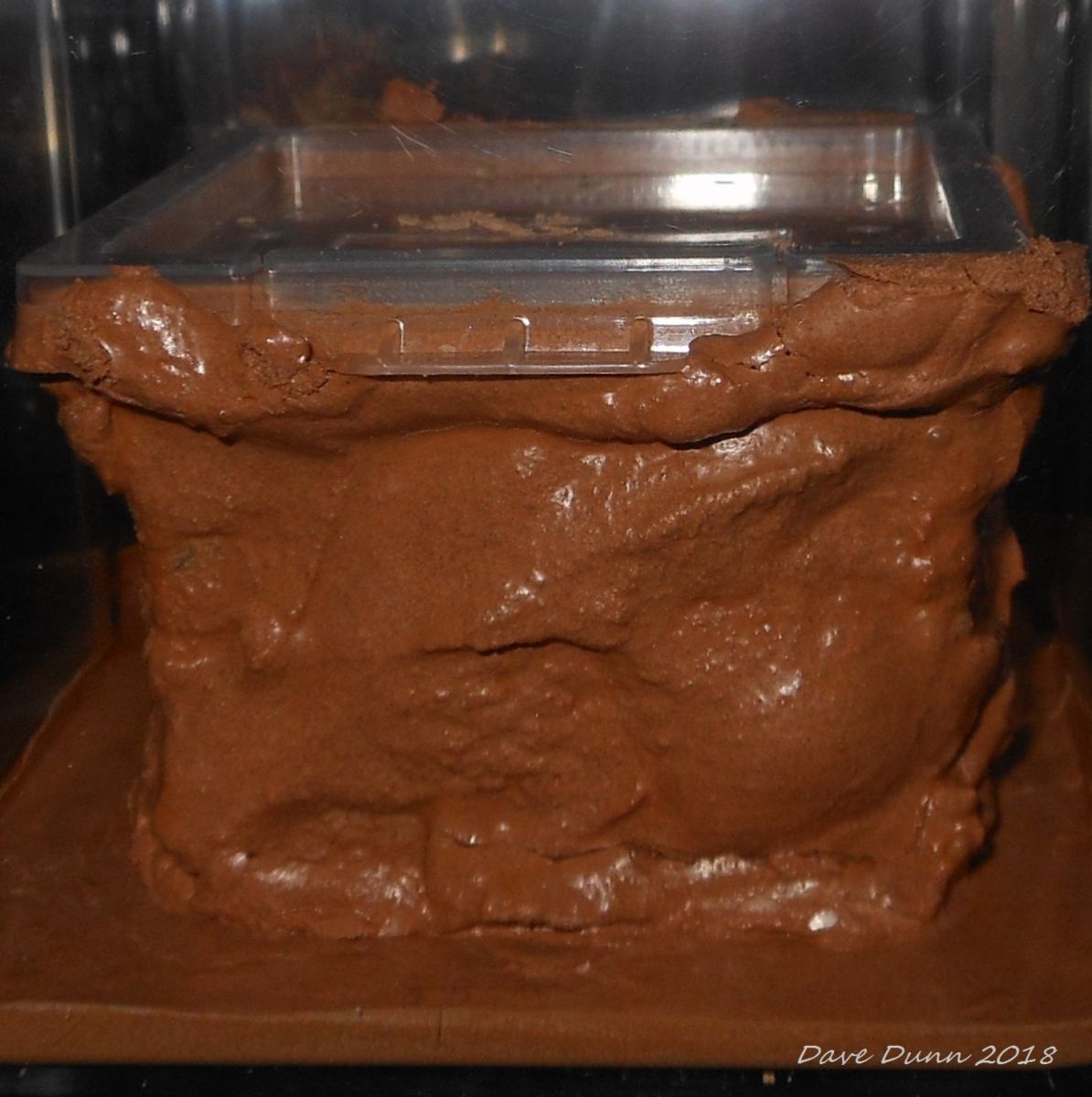
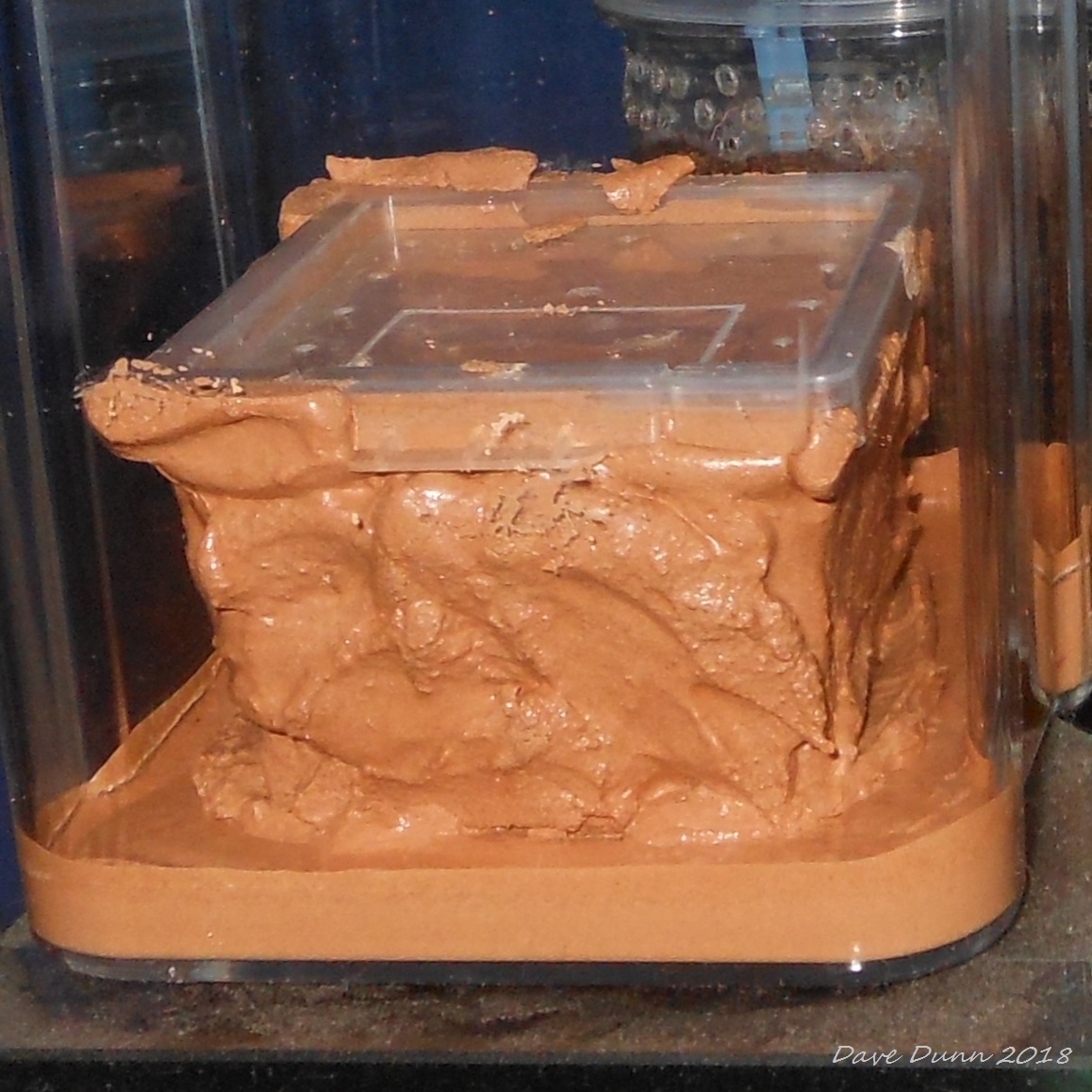
I also had seen how dspdrew had the idea to have the middle be a reservoir so I left it so I could take the lids off or add tubing if I decided to use it as a reservoir but I'm not sure it's necessary to be honest, I'm having a hard time deciding. I have 6 containers so I might try both ways. I bought taller containers of the same type today, it only adds vertical space but that might be good for larger species.
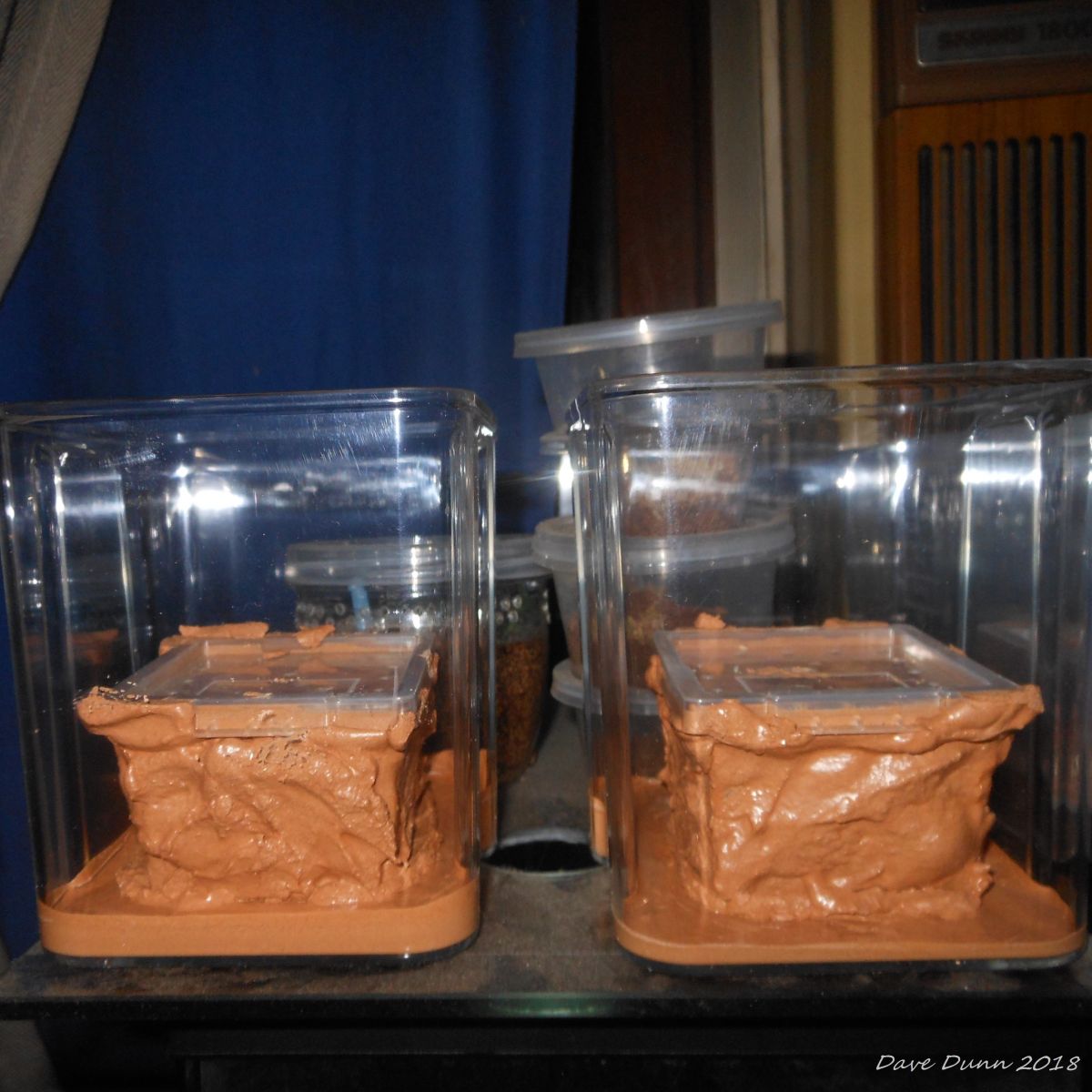
I had thought I might just bury the container basically, having it look like the enclosure was just half filled with substrate with the container just below the surface out of sight but now I'm thinking maybe not.
I am going to fill behind the small container with grout just leaving the front 3 sides free for tunnelling, if I don't use the container as a reservoir I may add a narrow straw to the back so I can syringe water to one or both bottom back corners. I worry that perhaps the ants will be in the straw when I want to add water though, but they shouldn't be actually living in there I hope.
I might continue with my original vision and make a surface out of grout, just leaving small gaps for the ants to have access to the surface, the sides are indented so a square will leave gaps at each corner. With the layer on the bottom a surface will give me the framed effect I originally imagined.
It will be hard to fill it with substrate unless I add it first or make attach the surface to the lid of the inner container so that it can be removed when needed.
If it's not removable I'm sure I can work around it and add substrate but I wonder if there would be any problem adding it first and putting wet grout on top? Provided the rest of the grout has cured properly so it doesn't take forever to cure the whole lot.
I have stainless steel mesh that I could use to reinforce the surface piece but I'm also toying with pieces of plastic, cutting up live food containers.
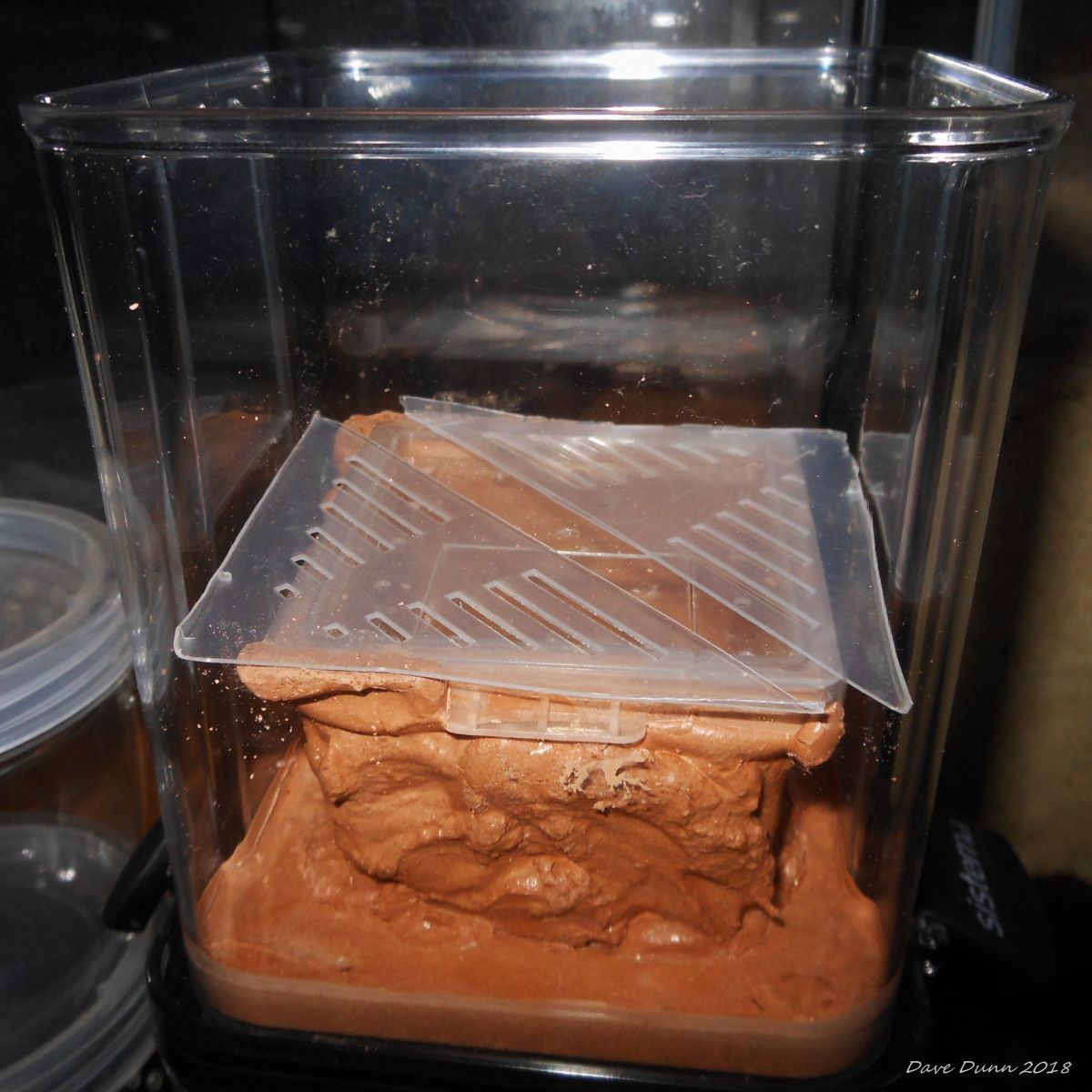
Edit - Also, in one of the threads 100 mesh was mentioned, on clicking the link I found there were finer meshes available from the same eBay seller. Is 100 mesh the optimum when keeping ants? I assume finer mesh would be thinner material and allow for less air flow, what it the general consensus on mesh size?
Edited by DaveJay, July 2 2018 - 8:39 AM.







